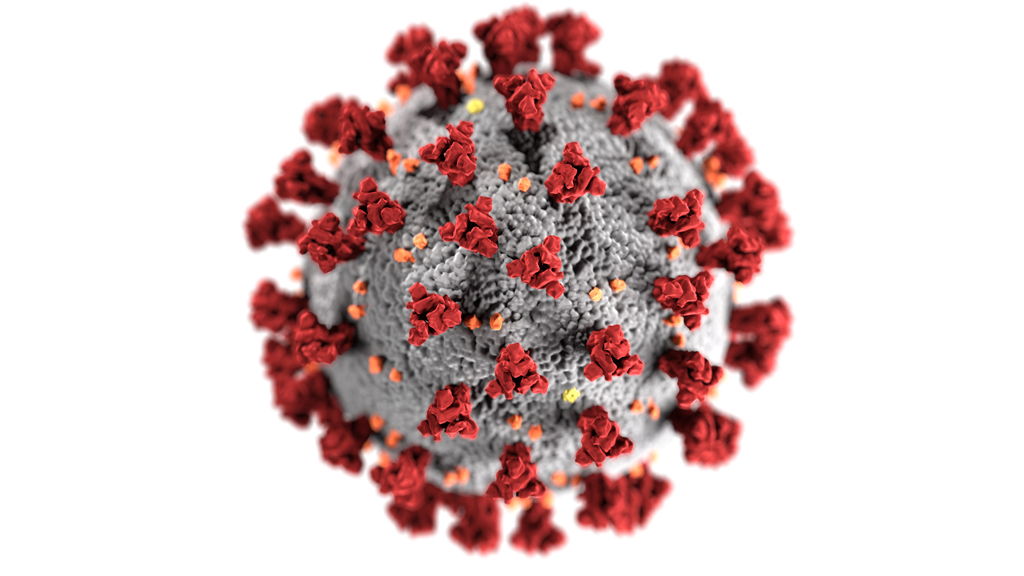A vaccine for COVID-19 is a possibility sometime next year, courtesy of multiple drug companies fast-tracking research and clinical trials.
President Donald Trump announced Operation Warp Speed on Friday, May 15, 2020, with the explanation, “Its objective is to finish developing and then to manufacture and distribute a proven coronavirus vaccine as fast as possible.”
Dr. Moncef Slaoui, world-renowned immunologist, was appointed to be the operation’s Chief Scientist.
Slaoui already has helped in the creation of approximately fourteen vaccines, including one for malaria.
He describes Operation Warp Speed as having credible objectives, albeit extremely challenging ones.
Stages of Vaccine Development
Vaccines are not quickly thrown together and given to humans, but instead go through various stages to ensure safety.
There are six stages, with some stages having additional phases to ensure safety.
Exploration
Vaccines start as a need, and during the exploration stage, the best ways to safely and effectively address that need are examined.
This is when developers decide what type of antigen will be used in the vaccine. Sometimes they choose a natural one, and other times a synthetic one.
An antigen is a toxin or other foreign substance which induces an immune response in the body, especially the production of antibodies.
This stage typically lasts for two to four years.
Pre-Clinical
The Pre-Clinical stage is when animal, tissue and/or cell-culture systems are tested with the potential vaccine.
This helps the researchers to better understand how the potential vaccine will react and what type of immune response it causes, along with a decision on the dosage.
If the immune response is not correct, the development is stopped, and the vaccine does not go to the next stage.
If the response is correct, the potential vaccine can move onto development.
This stage can take from one to two-years, typically.
Clinical Development
This stage can be broken down into four additional phases (sometimes only three) as the vaccine is tested on humans.
Phase I is on a small selection of people. If that goes well, the process moves onto Phase II.
The second phase is an expanded version of the first with a larger group of people fitting the description of what a typical vaccine user might look like.
Phase III begins if the previous step goes well. This step includes thousands of people and focuses on safety and if the vaccine has the desired result.
The final phase is concluded, sometimes by choice, once a company has already received approval and licensing.
This allows companies to keep an ongoing eye towards how the vaccine is working throughout the years, as it is actively used on the market.
Regulatory Review and Approval
After a series of applications and demonstration of Good Manufacturing Practices, stage four begins.
During this, the US Food and Drug Administration (FDA) will decide if the vaccine should be licensed after reviewing all materials.
Manufacturing
Vaccines are actively made for distribution to the public in this stage, with major drug companies providing the infrastructure, personal and equipment necessary for mass production.
Quality Control
After licensing and manufacturing, the final stage continues indefinitely. The manufacturers of the vaccine keep themselves updated on how their product is performing long-term, with input from the public and healthcare providers.
Check back in next week’s edition to see how these plans apply to the development of a COVID-19 vaccine.





